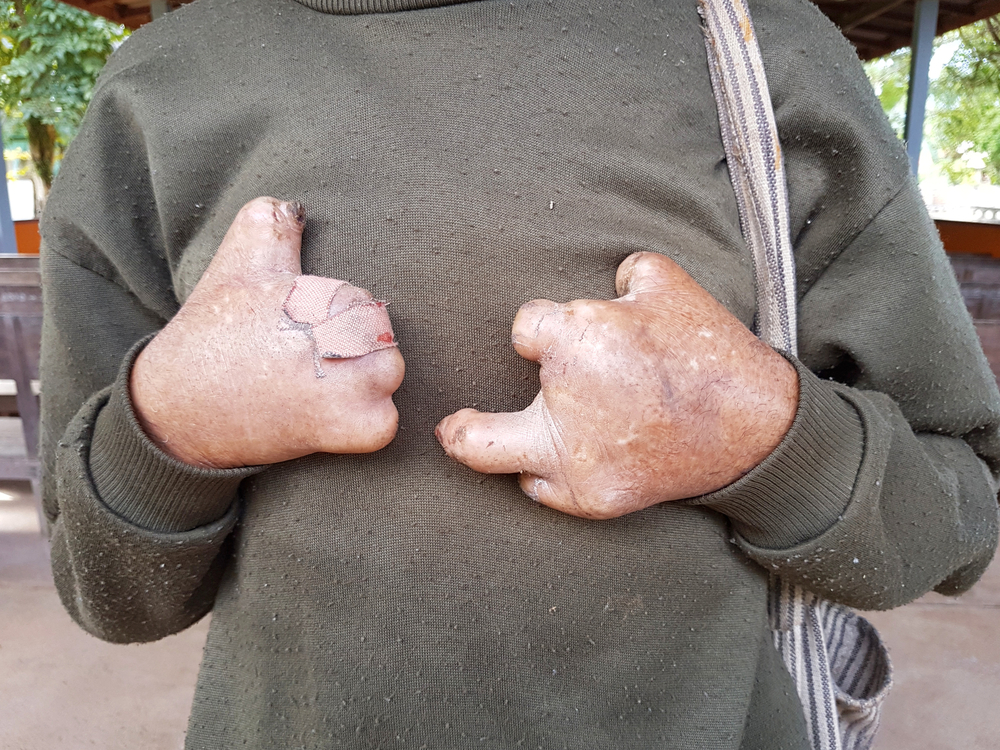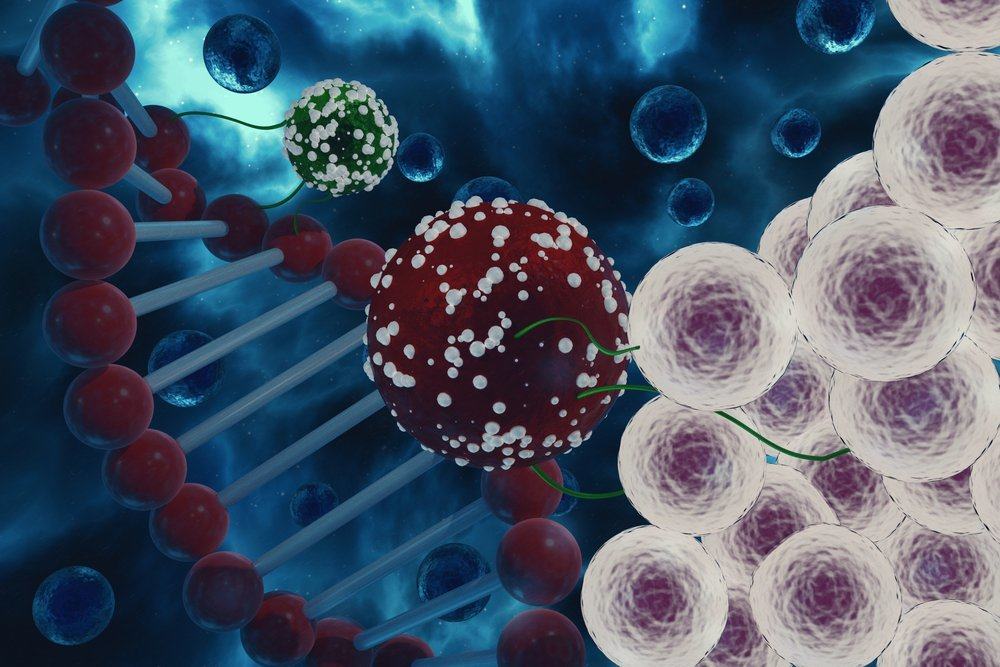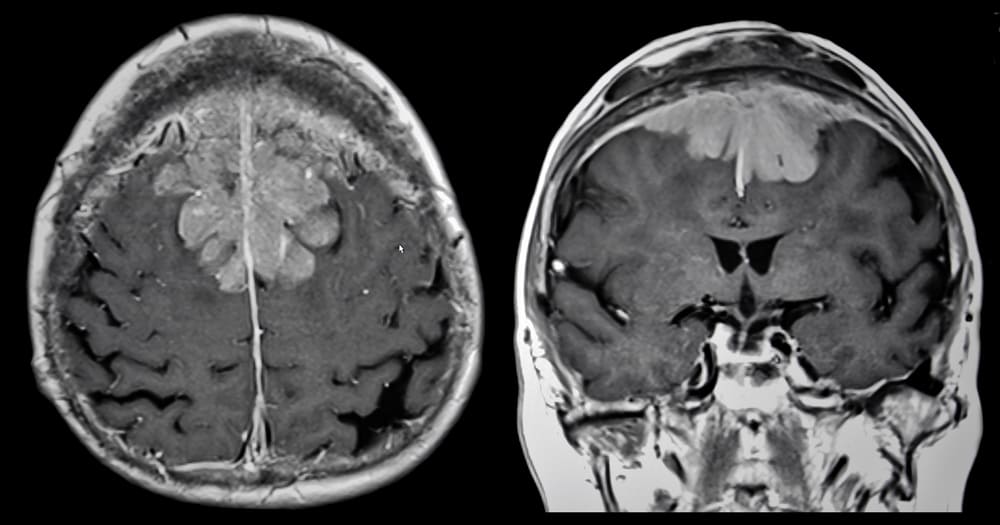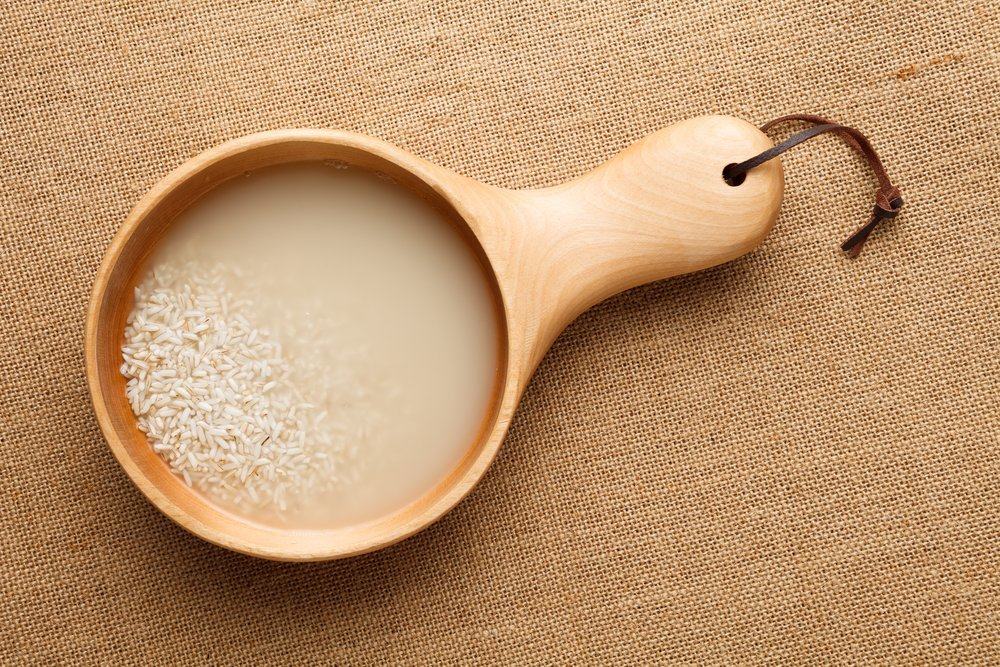Contents:
- Medical Video: Top 10 Worst Epidemics in History
- Various rare, deadly diseases in the world
- 1. Noma (Cancrum oris)
- 2. Mycetoma (Madura Foot)
- 3. Complex Regional Pain Syndrome (CRPS)
- 4. Leprosy
- 5. Filaria Worms (Loa Loa Worms)
- 6. Vibrio vulnificus
- 7. Pica
- 8. Fibrodysplasia Ossificans Progressiva (FOP)
- 9. Clarkson’s disease
- 10. Elephant man syndrom
Medical Video: Top 10 Worst Epidemics in History
Cold, fever, runny nose, or headache are various diseases that are easily treated so the chances of survival are high. Different from a number of deadly diseases which are also rare below. Not only make shudder, because until now the modern medical world has not succeeded in finding an antidote or effective treatment for these conditions. Here's a list of the most deadly diseases in the world.
Various rare, deadly diseases in the world
1. Noma (Cancrum oris)
Noma (cancrum oris) is an infection that causes the formation of boils in the mouth or on the genitals. These boils that could have been seen with the naked eye can "move" into the body's tissues until they do not appear again, causing defects in the body.
The hope of survival from this deadly disease is quite small. Nearly 90 percent of people who have Noma eventually die from complications of the infection. Noma generally occurs in malnourished children in areas with poor sanitation and cleanliness. This infection is most common in children between the ages of 2 and 5 years.
2. Mycetoma (Madura Foot)
Mycetoma is a chronic skin disease that causes swelling in the legs and eventually paralyzes. Mycetoma caused by fungi (Eumycetoma) or bacterial filaments (Actinomycetoma) thishave another name "Madura foot"- eits, not from Madura in Indonesia, you know!Mycetoma first identified in Madurai, India, in the mid-19th century
Mycetoma usually appears in agricultural workers or in individuals who walk barefoot in dry and dusty conditions.
3. Complex Regional Pain Syndrome (CRPS)
CRPS is a disease that causes extreme pain, which makes sufferers experience chronic fatigue due to lack of energy. CPRS is caused by damage to the nervous system and central nervous system in the brain. The pain can be so damaging that it causes mental health problems, such as depression and anxiety disorders.
Someone who suffers from CRPS will feel his body hot as burning and experience pain that pierces the body and throbbing sensation. This can also cause numbness, swelling, joint pain, and insomnia.
4. Leprosy
Leprosy is a skin infection caused by bacteriaMycobacterium leprae. Leprosyfound in Indonesia.Leprosy causes inflammation of the skin, eyes, nerves and respiratory tract so that it can eventually cause loss of body parts that look horrible and lose sight.
The most common symptom of leprosy is pale-colored patches on the skin that are scattered randomly and eventually feel numb The infected part of the body will be lost to the bacteria. Leprosy symptoms usually appear three to five years after exposure to bacteria M. leprae. Some people don't experience symptoms until 20 years later.
The time between contact with bacteria and the appearance of symptoms can be very severelong time ago, making it difficult for doctors to determine the diagnosis of when and where leprosy initially infects. It is this diagnostic difficulty that makes treatment late, and ultimately fatal.
5. Filaria Worms (Loa Loa Worms)
Filarial worms are parasites that like to live in the eye and are the second leading cause of blindness worldwide. Filarial worms not only endanger eye health. If this worm enters another part of the body, the sufferer can experience elephantiasis. Other potential symptoms include rashes, abdominal pain, arthritis, and papules.
6. Vibrio vulnificus
These bacteria enter the body through raw shells, through open wounds, and jellyfish stings which can cause severe infections. This disease causes several symptoms including vomiting, severe diarrhea, dermatitis, and severe abdominal pain.
Not only that, Vibrio vulnificus also weakens the immune system, affects the liver and blood flow and can eventually be deadly if you don't get the right treatment. This condition occurs because of high temperatures and a decrease in salt levels on the beach which causes high pathogens.
7. Pica
Pica is an eating disorder that is characterized by improper eating behavior, namely the desire to eat objects that are not actually eaten. The most common Pica is the desire to eat one of the following items: soil, chalk, matchstick, fabric fibers, paper, toothpaste, cigarette butts and cigarette ash, dry paint debris, and glue.
Depending on the type of item eaten, pica can cause severe infections of the organs and can be deadly. Pica usually starts in childhood and usually lasts only a few months. However, the possibility will be more difficult to deal with in children with disabilities.
8. Fibrodysplasia Ossificans Progressiva (FOP)
Fibrodysplasia Progressiva Oscificans (FOP) is kelainan due to genetic mutations that cause muscle tissue and connective tissue of the body, such as tendons and ligaments, to be replaced by solid bone gradually. Abnormal bone formation outside the original skeleton will eventually inhibit movement and make the sufferer look like a statue. This process generally becomes visible in early childhood, starting with the neck and shoulders, then down the body and into the legs.
FOP is caused by a genetic mutation, the ACVR1 gene. This gene is involved in bone growth and development which makes them mutate more.
9. Clarkson’s disease
Systemic capillary leak syndrome is a rare disorder characterized by leakage of plasma from blood vessels. This causes swelling. The symptoms begin with a sudden and unexplained increase in small blood vessels (capillaries). If left untreated, it can cause organ failure and death. This condition is also called disease Clarkson’s disease.
10. Elephant man syndrom
This case originally occurred in a man from England in 1862. He experienced a change in skin texture which became thickened roughly, resembling elephant skin. This rare disorder is characterized by overgrowth of various organs and tissues of the body. The organs and tissues that are affected by this disorder grow disproportionately with other body parts.
This overgrowth affects the different size of the right and left sides of the body. This growth pattern of excess organs or tissues varies greatly but can affect almost all parts of the body.












